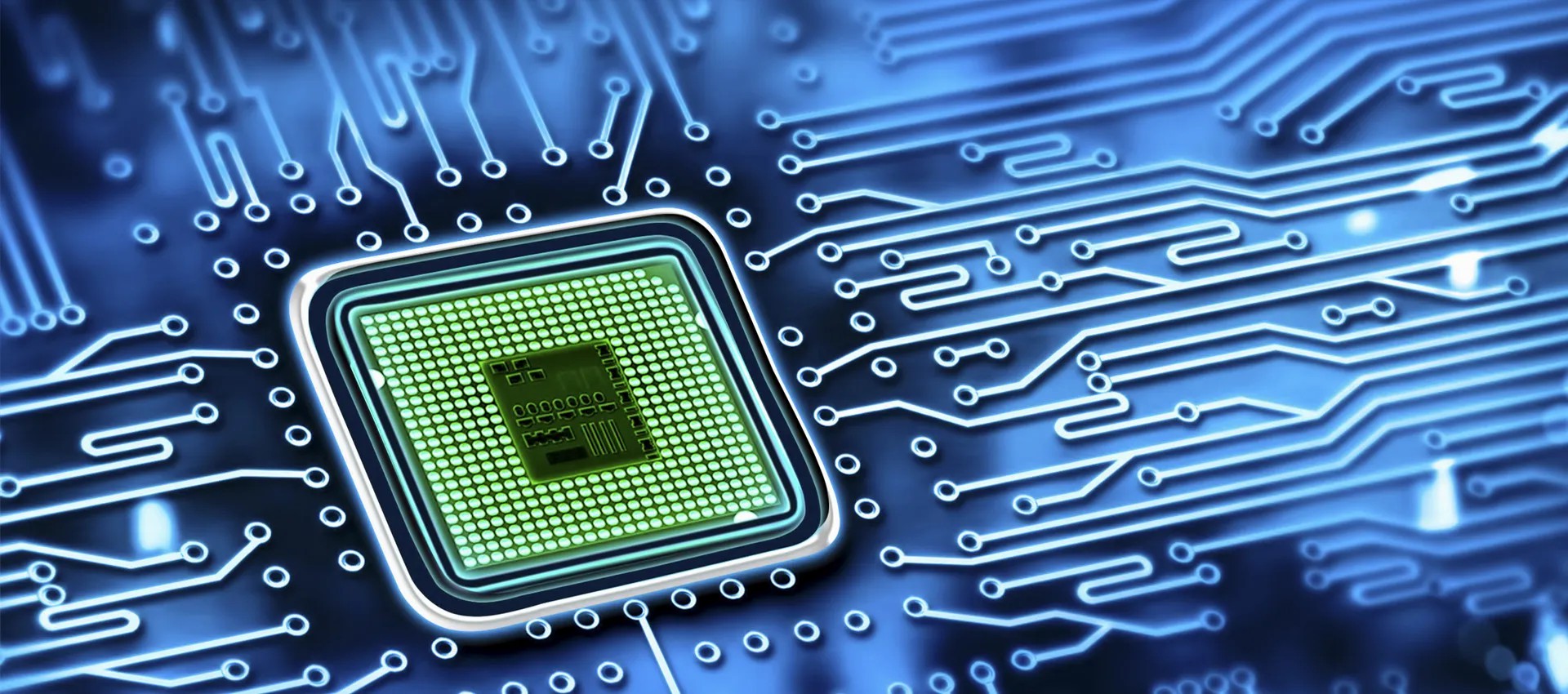3C Equipment Industry
With the rapid development of 5G technology, electronics, and artificial intelligence, electronic products are increasingly trending towards intelligence, wireless connectivity, entertainment, and slimness. Products such as smartwatches, smart speakers, and TWS (True Wireless Bluetooth) earphones have created a new wave of demand in the electronic consumer market. Among them, TWS earphones have gained considerable attention in recent years.
New earphones using button batteries
TWS earphones generally consist of a main control chip, flexible circuit board, battery, and audio controller, with the battery accounting for approximately 10% to 20% of the cost. For example, Airpods Pro contains a total of three batteries: one in the charging case and one in each earphone. The batteries used in the earphones are a new type of rechargeable button battery. Unlike other electronic products, the processing difficulty of rechargeable button batteries in TWS earphones is slightly higher than that of traditional disposable button batteries, resulting in higher costs.
The new rechargeable button batteries are small in size and can store energy. They are widely used in industries such as consumer electronics, computers and peripherals, automotive, communication, and the Internet of Things (IoT). Button batteries, also known as coin batteries, are small cylindrical batteries with a diameter greater than their height. Button batteries are divided into disposable and rechargeable types. Disposable button batteries are mostly labeled with "CR" at the beginning, while rechargeable ones are usually labeled with "ML," "LIR," or "VL." In addition to the two English letters at the beginning, there are four digits, with the first two digits representing the battery diameter and the last two digits representing the battery height. For example, "CR2032" represents a battery with a diameter of 20mm and a height of 3.2mm.
The button batteries commonly used in inexpensive electronic products are mostly traditional disposable batteries, which have lower prices and simpler manufacturing processes. However, with consumers' increasing demand for personalized electronic products with longer battery life and higher safety, the technology and manufacturing difficulty of new button batteries are continuously being upgraded.
Application of laser welding in button batteries
The traditional processing technology for button batteries is resistance welding, which uses the heat effect of the welding strip and battery casing to achieve resistance welding. Although this welding technology is convenient and low-cost, it has issues such as unsightly welding marks, inaccurate welding point sizes, limited applicability to single-material welding, and large splatters that are prone to oxidation and blackening. During the operation, problems such as decreased battery voltage and detachment of the welding strip may occur. Therefore, resistance welding is no longer suitable for the manufacturing of new button batteries with higher quality requirements.
Generally, in the manufacturing process, new button batteries are applied to circuit boards and require the soldering of pins on the battery's surface. Depending on the specific needs of different circuit boards, there are different forms of pin soldering. However, the pins on new button batteries are relatively complex, and the currently available resistance welding technology cannot meet the high-quality welding requirements of new button batteries. As a result, most button battery manufacturers have turned to laser welding technology.
Laser welding technology can meet the diverse processing requirements of button batteries, such as irregular welding paths, welding of dissimilar materials (aluminum alloys, stainless steel, nickel, etc.), better welding appearance, precise welding points, and robust welds. It provides more accurate positioning of the welding area. Laser welding also ensures high product consistency, reduces damage to the battery, and minimizes material waste.
Solution
As a supplier of precision laser welding equipment and automation solutions, Huiyao Laser has successfully upgraded the welding process of button batteries from resistance welding to laser welding, leveraging years of practical experience in laser welding technology for button batteries. Laser welding has higher energy density, making it easy to reach the material absorption threshold (especially for high-reflective materials, where the advantages are more pronounced) and can achieve various welding trajectory patterns, such as spiral lines, spiral dots, sine lines, and more. Additionally, the principle of laser welding differs from the traditional large molten pool welding principle, leaning more towards embedded welding, resulting in stronger weld seams. Particularly in the welding of dissimilar materials, it can reduce the formation of brittle compounds.
Currently, electronic products are rapidly developing, and there is a significant increase in demand for new button batteries. Huiyao Laser has already developed a range of technologies, including button battery nickel strip automatic welding stations, button battery dual-position pole ear welding stations, button battery steel shell and nickel strip welding equipment, etc. They also provide various solutions for button battery pin welding, laser equipment, and automated welding equipment for button battery production companies.
◆ HY Button Battery Equipment - Nickel Strip Automatic Welding Station
Used for pole ear welding on both sides of the button battery, the process includes battery feeding, pole ear feeding, pole ear welding, visual inspection, voltage detection, NG unloading, and finished product offloading. The production capacity/efficiency can reach 1000 pieces per hour.
◆ HY Button Battery Equipment - Steel Shell and Nickel Strip Welding Station
This equipment can achieve automatic welding, automatic loading and unloading, automatic post-welding inspection, and NG discharge processes. It can meet the welding requirements of different materials and thicknesses. It can also satisfy multiple welding points, small spacing between welding points, and a pull-off force of ≥30N.
In addition to the above-mentioned button battery equipment, the button battery automatic welding assembly line can achieve automatic feeding, automatic detection, and sorting. It utilizes robotic arms and laser equipment for the automatic production functions of battery welding, assembly, fitting, and fully automated electrical testing, realizing the scaled, flexible, and high-quality production of button batteries.
According to the Counterpoint research report, it is expected that the global shipments of TWS (True Wireless Stereo) earphones will continue to double in 2020 compared to 2019 and will further increase to 700 million pairs by 2022. As button batteries gradually become a standard configuration for TWS, the future application of laser processing technology is promising.




